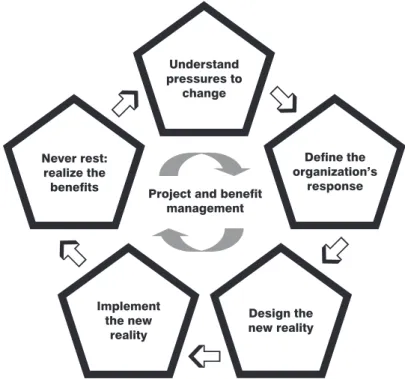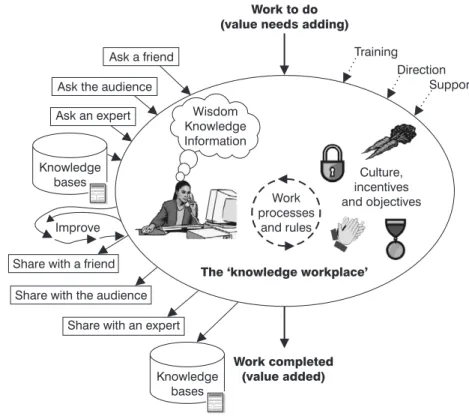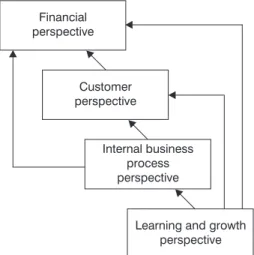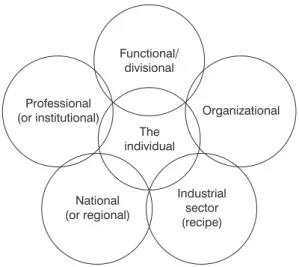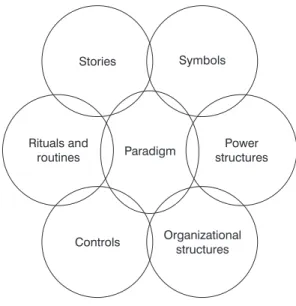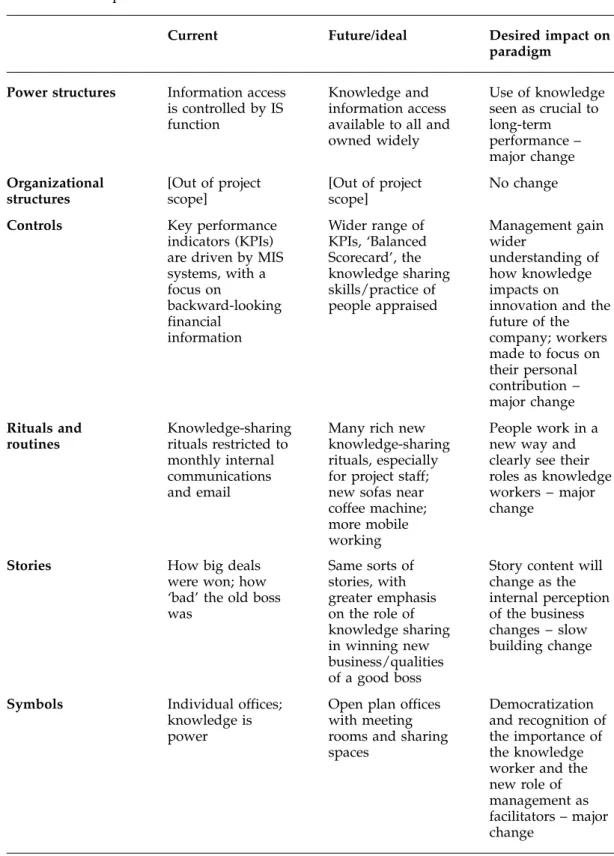Community members came from many parts of the business, linked by their common interest in knowledge management. But as consultants working in some of the UK's largest organisations, we avoid imposing a rigid definition of knowledge management.
The roots of knowledge management
䊉 A highly specialized form of learning existed only in monasteries – the surviving knowledge of the Greek classics, along with knowledge of biblical and liturgical Latin. Knowledge is the central capital, cost center and crucial resource of the economy.
Knowledge and the organization Current theories have a very different view of the world from
But when there is an upswing, these same companies can be very slow to restart - in the recession of the early 1990s there were companies that laid off a lot of staff (especially in the US, where there is a culture of mass redundancies in the kind of situation that facilitated by the general lack of CSR legislation), they slowly revived when the upturn occurred, while companies that retained staff and seconded them to, for example, new product development or quality management work, were able to mobilize again very quickly , when things get better. This was the fundamental flaw in the "layering away" doctrine propounded in the 1980s by management gurus like Tom Peters and his followers at some of the big management consulting firms—and the main reason so many restructuring projects failed.
Why is it so important?
The rise of the knowledge worker The previous section raised the idea that soldiers are knowledge
Some in business remain uneasy about this shift, unsure whether the term 'knowledge worker' is just another example of management speak. Part of the key to all of this lies in the different meanings of the term.
Data, information and knowledge In many business situations, the terms data and information –
Historically, data processing departments have been under the control of the chief financial officer – the former owner of company accounting. At this point it can be said that the information age - the age of management information systems, of database queries and spreadsheet summaries - has arrived.
Understanding types of knowledge
The six investigators
Skyrme and Amidon (1997) have created a framework of six different kinds of knowledge, building on the five research questions (Know-how, Know-who, Know-when, Know-where, Know-why) plus a sixth, 'Know-Dat '. Of these, 'Know-that' is closest to 'wisdom' as shown in the previous 'pyramid'.
To mobilize or manage?
This approach is when small projects that deliver significant benefits from knowledge management techniques are then taken up by the organization as being a 'good idea'. Internal case studies are some of the most powerful tools available to win converts to the cause of knowledge management.
So many influences
An understanding of the related disciplines that influence knowledge management enables KM advocates to appreciate the different perceptions people may have about knowledge management. We will return to these areas in more detail later in the book, when we also outline a range of techniques for defining a business case for knowledge management initiatives.
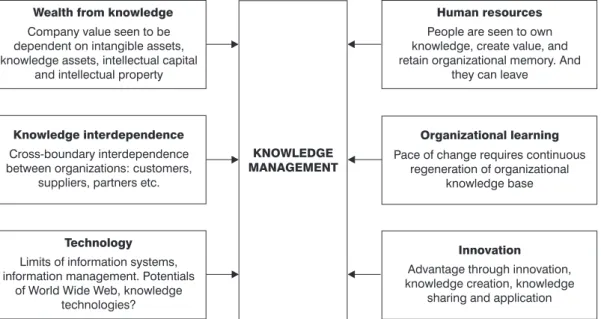
Introduction to the framework – where do we start?
Being pragmatic
Their first instinct is to delegate – but this risks missing both the strategic importance of business knowledge and the need for leadership as a key success factor in any business. The danger of this is that knowledge management as an approach can quickly be seen as ineffective, or become too tied to a particular set of stakeholders (for example, it is seen within the organization as a technology thing, a marketing thing or an HR thing).
Being strategic
We find the approach very valuable – in fact, internal case studies are arguably one of the most powerful tools for change at our disposal. we defined these as leadership, people, processes, technology and information).
Understanding the framework for action
About each stage
Process: Business processes exist to add and deliver value to the organization's end customers. It is rare that a company-wide knowledge management program is only initiated from the top of the organization and extends in a single wave.
Golden rules for mobilizing knowledge
Stage 1: Understand pressures to change
- A vision for knowledge
- Pressures to change
- Inside the organization – a workplace audit
- The external environment
Due to the various constraints and the complexities in the changing environment, the questions are 'Where do we want to be?'. Again, the goal at the level of knowledge management strategy is to arrive at a top-level view of the issues and challenges.
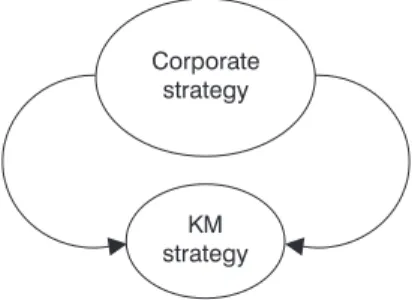
Stage 2: Define the organization’s response – building a vision
Moving forward – strategy
For very large organisations, it will not be possible to go into great levels of detail at this stage - the aim should be to create a reasonably complete picture at a comfortable level of resolution. So far, we have looked at formulating a vision and conducting various types of audit and evaluation. However, at this stage ideas should be generated about the type of form a knowledge management program might take, the business issues it might address, the difficulties the organization might encounter in implementing it, and the scale of change that might be required. to arrive. measurable results.
At this point, it is appropriate to begin building the business case—the essential step to ensure that a program properly meets the business needs and issues identified.
Stage 2 (continued): Define the
Shaping the strategy
The lower-level details of the knowledge management strategy will evolve as we progress through the stages, as greater clarity comes from more informed analysis. Exactly how this is structured depends on the form of the organization – it can be done in different ways to reflect the degree to which the organization is divided into business units (for example, by market sector or technical specialization), or integrated (such as are organizations structured around brands with shared key functions .. group driven at the "group" level). This can be a powerful way of showing the potential impact on specific business areas, but risks becoming repetitive if different areas (as they are likely to) require the same central initiatives proposed in areas such as infrastructure of IT, training and process. re-engineering.
The difficulty with this is that while it makes sense from a KM standpoint, this view of the company may not be known to key stakeholders.
The business case – clear benefits Before a project or programme can be put forward for approval,
In an ideal business case – one that comes across powerfully to justify significant investment – the initiatives must be clearly linked to outcomes: for example, if we do X, it produces benefit Y. Demonstrating how the knowledge management initiatives can make a difference is the financial perspective powerful message of. For example, the goals from the learning and growth perspective are likely to support goals in the other three perspectives.
These can be very difficult to define for certain knowledge management benefits, although it is an essential step on the way to a convincing business case.
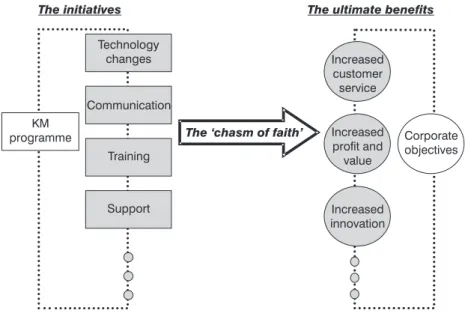
The benefit categories
This benefit area is about enabling people to understand 'who knows what' in the organization (the previously defined 'know-who' knowledge). Moving on from 'knowledge and information availability', the next benefit category is that of personal competence. A culture of sharing information and knowledge internally within the organization should also extend to relationships with customers.
They are not intended to be comprehensive or complete, but are intended to jump-start the benefit discovery process so that a strong case can be developed.
Business case template
Always keep in mind that those reading and deciding on the business case may not have a clear understanding of the language and practice of knowledge management. The management summary briefly explains why the business case has been created, the main options considered, the recommended next steps and the decision(s) required. The size of an executive summary is often a matter of debate, but as a rule of thumb, it should not exceed one page.
Busy executives need to be able to read the executive summary from their desks while walking to the meeting room.
Moving into action
There can be a number of different ways in which the project can progress, each with its own advantage; they will affect the organization in different ways, have specific risks involved and require different investments. Also remember that 'doing nothing' is always an option, especially when the investment case is too weak: there may be cases where this should be recommended.
Stage 3, part 1: Leadership, people and process
- Blockers and levers of change
- Leadership
- People, motivation and skills
- Business processes The importance of process
䊉 People must be made aware of the reasons for change Why change is really required. So what are the issues related to knowledge mobilization in the richer environment of the organization – how culture, customs and the wider business environment affect people. There are many uses that we as KM practitioners can make of the Cultural Network: one is to audit what is currently valued in the organization (behaviors, achievements, characteristics);.
Since this is the focus of the matrix, it is a useful tool for analyzing how knowledge flows around the organization. It is one of the prerequisites for knowledge management that making personal knowledge explicit is a 'good thing'. These projects tend to be significant programs – the scope, scale and variety of the changes require a number of parallel projects to be coordinated together.

Stage 3, part 2: Technology and information/content
- Technology in context
- The audit process
- Moving forward – the technology opportunity
Some of the following phrases may be new to you and are explained later in this chapter. The challenge – and promise – of the next generation of corporate portals is to simplify access to information and application functionality, within a single environment that is completely transparent to the user. This will bring back anything related to any of the words in the sentences.
What comes next depends entirely on the needs and culture of the organization. The downside of this - as with most 'real-time' technologies - is the lack of a recording of the meeting (although, as in face-to-face meetings, someone may be asked to take a note). Peer2Peer enables services such as instant messaging and file sharing (whether music or business documents) to be carried out independently of the "hub" - the network server - and in many cases independent of any network security restrictions.
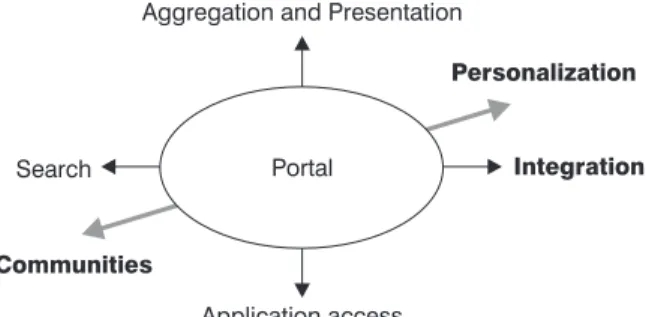
Stage 4: Implement the new reality
